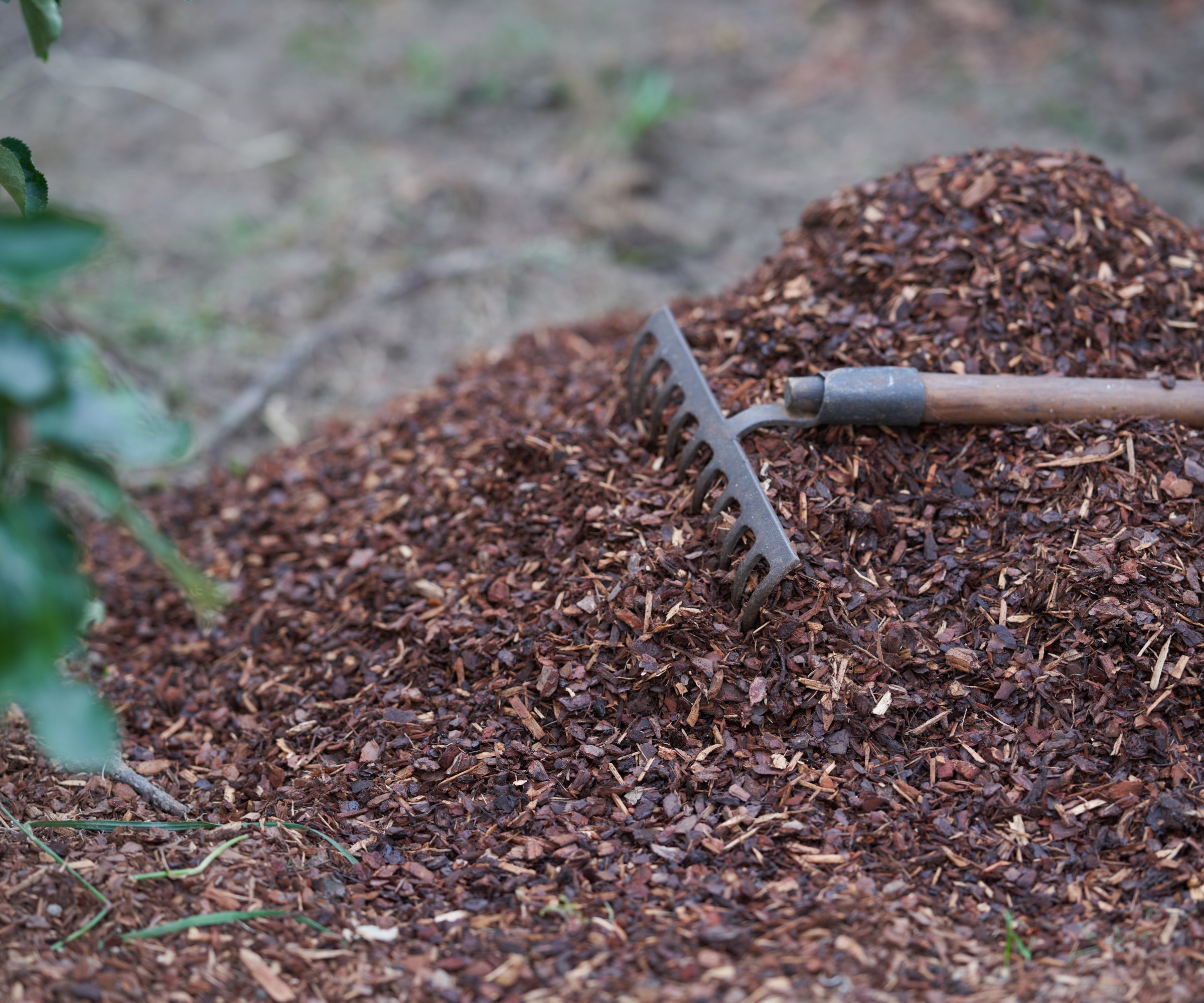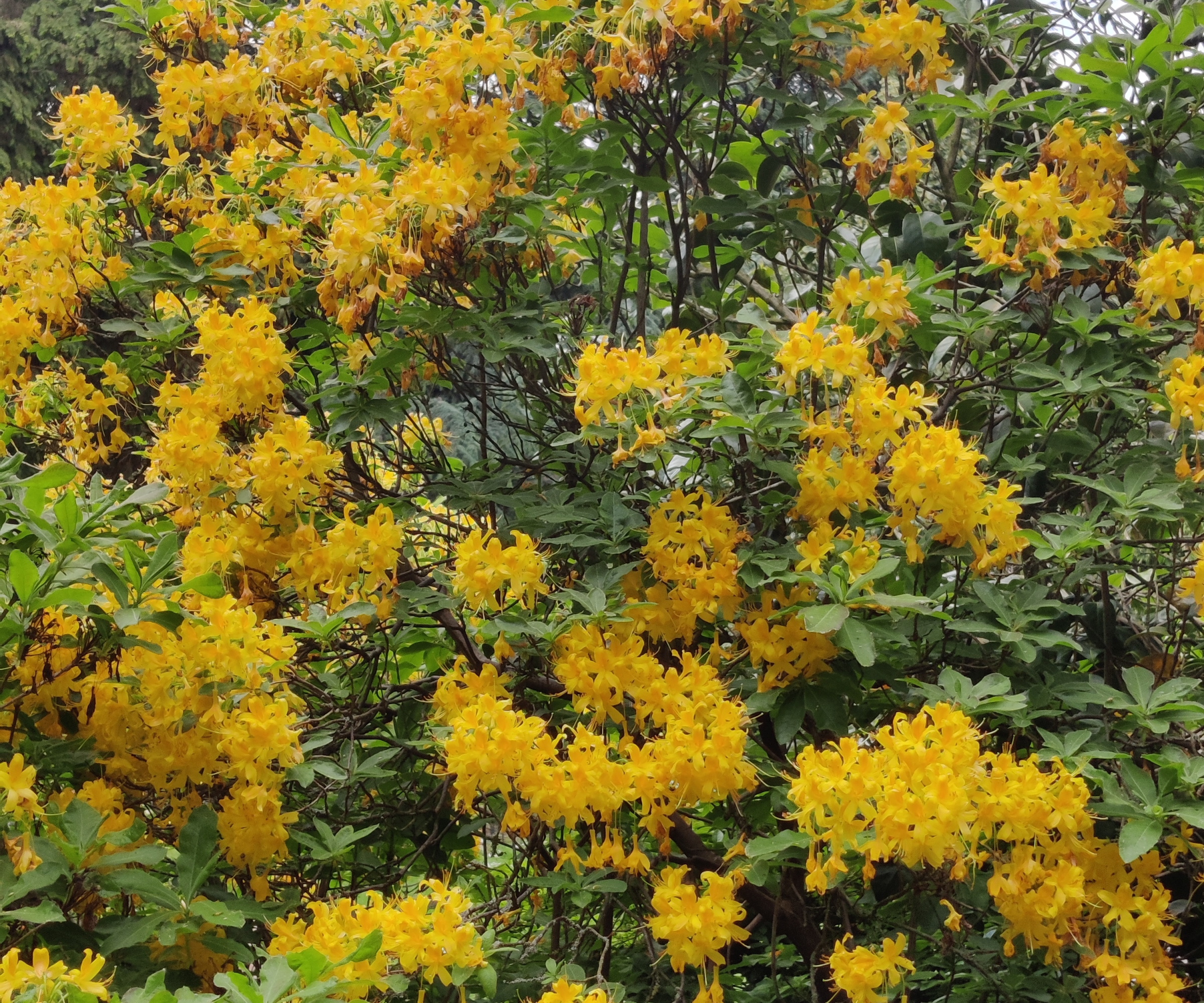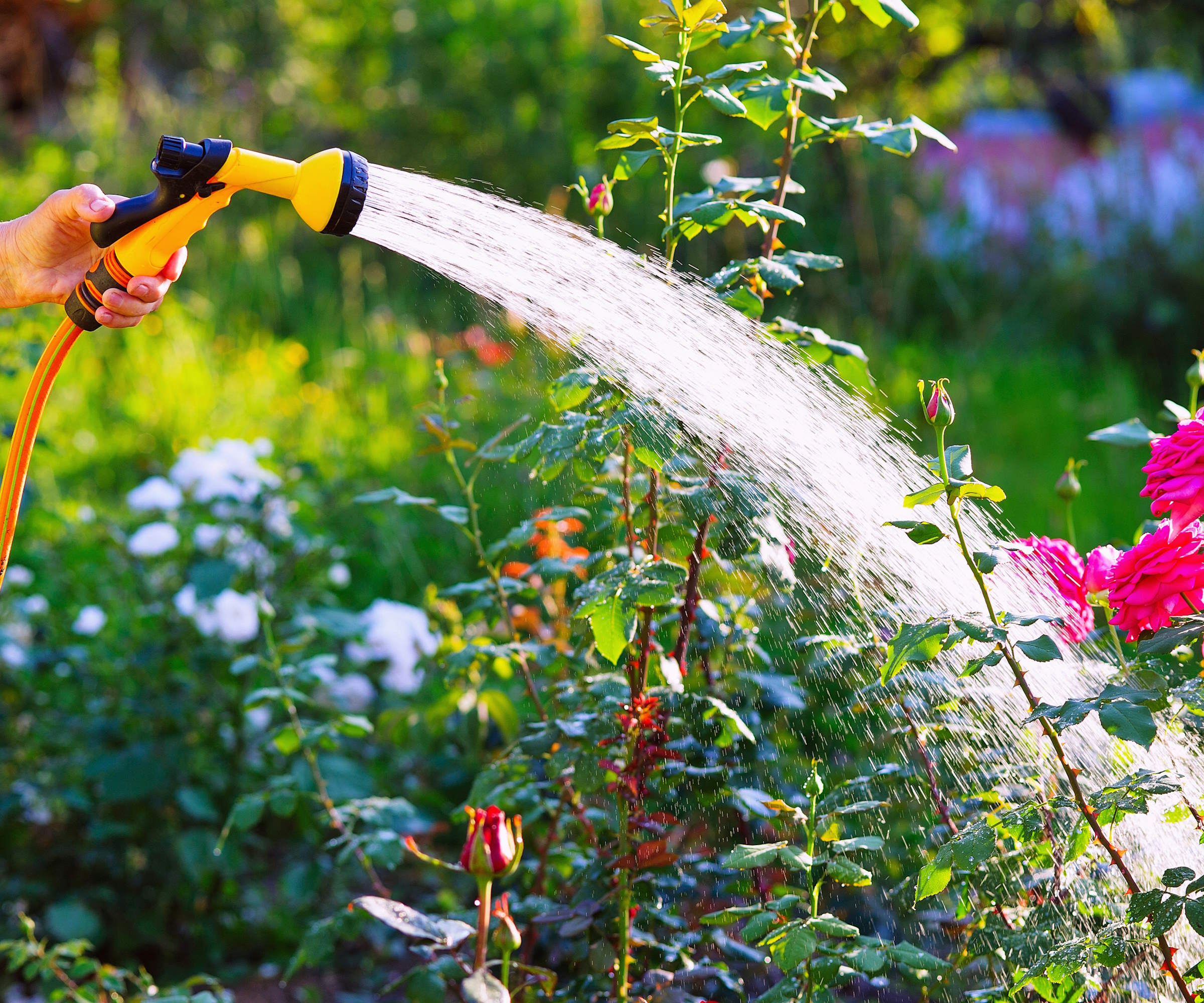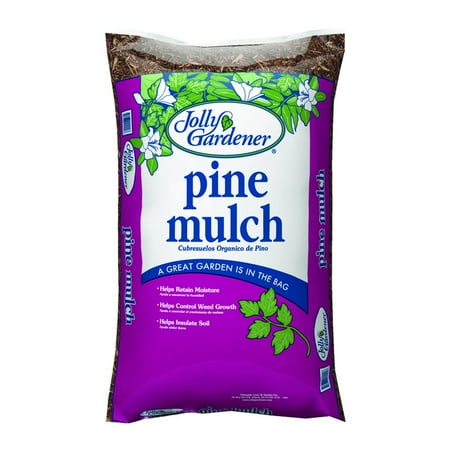Essential fall care for rhododendrons and azaleas – expert tips to prepare your shrubs for the colder months
Everything you need to know about how to care for these spectacular flowering shrubs in the fall


Zara Stacey
As the vibrant colors of autumn begin to paint the landscape, it's the perfect time to give your rhododendrons and azaleas the attention they need to flourish next spring.
While these hardy shrubs may seem low-maintenance, a few simple, timely actions this fall can make all the difference, ensuring a spectacular show of blooms come warmer weather. From the native Pacific rhododendron to the diverse varieties grown in gardens around the world, understanding the specific needs of these plants and exploring how to grow rhododendrons as the seasons change is crucial.
As a professional gardener, I have grown rhododendrons and azaleas in many gardens where I have worked. While these popular shrubs are easy to maintain, a few simple steps, like mulching, light pruning, and proper watering, will protect your prized shrubs from the harsh frosts ahead and set them up for their best flowering season yet.

1. Mulch rhododendron and azalea shrubs

As the temperatures drop and we head toward winter, a layer of mulch is the best defense for your rhododendrons. This is especially important if you live in colder regions, like US hardiness zones 4 or 5. Mulching not only protects your plants from harsh winter weather but also helps suppress weeds, saving you time and effort in the damp fall months.
To give your plants the best protection, apply a two-inch layer of organic mulch, like pine bark, around the base of your rhododendrons in October or November before the first hard frost. Make sure to leave a few inches of space between the mulch and the trunk to prevent rot. This simple step will insulate their shallow roots and support a healthy ecosystem in your garden all winter long.
2. Lightly prune your rhododendrons and azaleas

Lightly pruning rhododendrons and azaleas in the fall will ensure they remain healthy and in good shape. Focus on removing any dead or diseased branches – they're easy to spot by their lack of leaves and blackened appearance. For thicker branches, use a sharp pruning saw, available from Walmart and cut back to a healthy stem or shoot.
Now is also a great time for a final round of deadheading, which means snipping off any remaining spent blooms or seed pods. Simply deadhead azalea and rhododendron shrubs by snipping any faded blooms or seed pods down to the stem, using clean and sharp tools such as these Felco pruners, available from Amazon.
Design expertise in your inbox – from inspiring decorating ideas and beautiful celebrity homes to practical gardening advice and shopping round-ups.
This simple action prevents your plant from wasting energy on seed production, redirecting that energy toward strengthening its roots and foliage for the winter. You'll be setting your rhododendrons up for a stunning display of flowers next spring, and you'll avoid a yard full of unwanted seedlings later.
3. Water rhododendron and azalea shrubs deeply

Even as the days get shorter, giving your rhododendrons enough water in the fall is crucial. Fall can be an incredibly changeable season, with periods of warm and dry weather making watering an important job to add to your fall gardening checklist. As woodland plants, rhododendrons and azaleas thrive in moist soil, and a good drink now will help them endure the dry, cold months ahead.
'Rhododendrons and azaleas are typically woodland plants,' says Kathy Jentz, azalea expert and editor of The Azalean, 'meaning that they thrive in moist soils. For this reason, supplemental watering through late summer into early fall will ensure that your plants have what they need for the dark, cold months ahead.
'It is best to follow the deep watering approach,' Kathy advises, 'with infrequent but thorough waterings far preferable to smaller amounts.'
The amount of water will vary depending on your soil and the weather, but I would always tend to suggest at least two or more cans to reach the roots far underground. Purchasing a good quality watering can is a long-term investment I cannot recommend enough, such as this galvanized steel watering can, available from Amazon.

Kathy Jentz is the editor of The Azalean Journal, as well as the editor and publisher of the award-winning Washington Gardener Magazine. She is also the editor of two other plant society journals: the Water Garden Journal (IWGS), and Fanfare (Daylily Society Region 3).
FAQs
What is eating the lower leaves of my azalea?
If leaf damage is restricted to the lower leaves of your rhododendron or azalea plants, it is often the result of hungry deer passing through your yard. If you have a large shrub, this is not typically a problem, as they will not be able to reach the upper canopy. However, for smaller shrubs, it is a good idea to deter these pests, by using something like these organic peppermint repellent balls from Amazon.
One final word of warning and one of the most important rules for fall rhododendron care is to never fertilize these blooms at this time of year. While it might seem like a good idea to give your plants a boost before winter, it is a common fertilizing mistake that can actually be harmful.
Kathy Jentz explains, 'feeding in the fall can encourage your plant to produce new growth which will then be killed during winter.' This new growth is extremely vulnerable to frost and cold temperatures, which can damage the plant. It's best to save your fertilizer for the springtime when your rhododendrons are actively growing and can safely use the nutrients.

Thomas is a Content Editor within the Gardens Team at Homes and Gardens. He has worked as a professional gardener for both public spaces and private estates, specializing in productive gardening, growing food and flowers. Trained in Horticulture at the Garden Museum, he has written on gardening and garden history for various publications, including The English Garden, Gardens Illustrated, Hortus, The London Gardener and Bloom. He has co-authored a Lonely Planet travel book, The Tree Atlas, due out in 2024.
- Zara StaceyContent Editor
